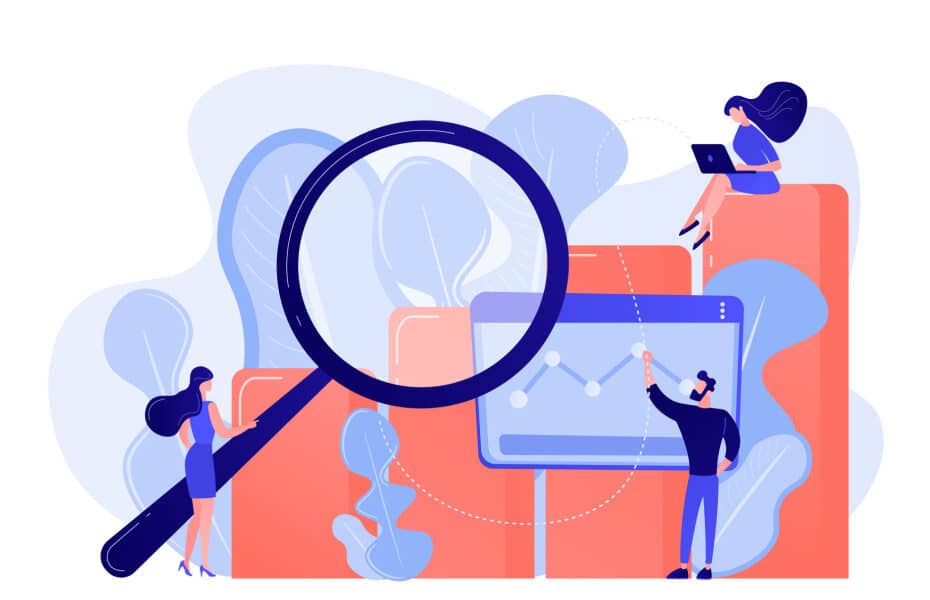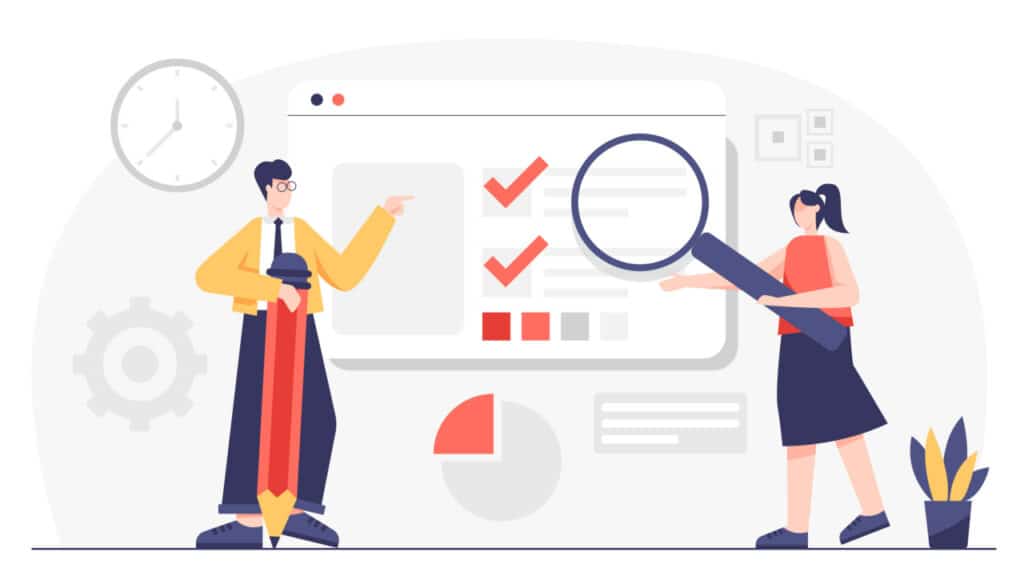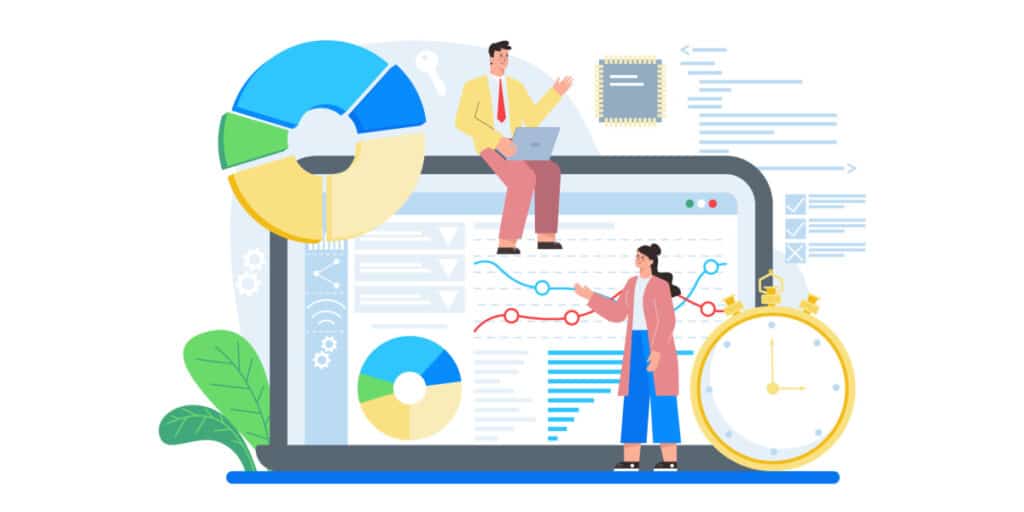As an SEO agency, delivering top-tier results for your clients is your ultimate goal. But behind the scenes, you’re facing a constant challenge—balancing your team’s workload to maximize efficiency while avoiding burnout.
Table of Contents
The secret to navigating this challenge lies in a powerful metric: the agency utilization rate.
In this comprehensive guide, we’ll explore how optimizing your agency’s utilization rate can lead to greater efficiency, profitability, and client satisfaction. Let’s dive in!
Understanding Agency Utilization Rate
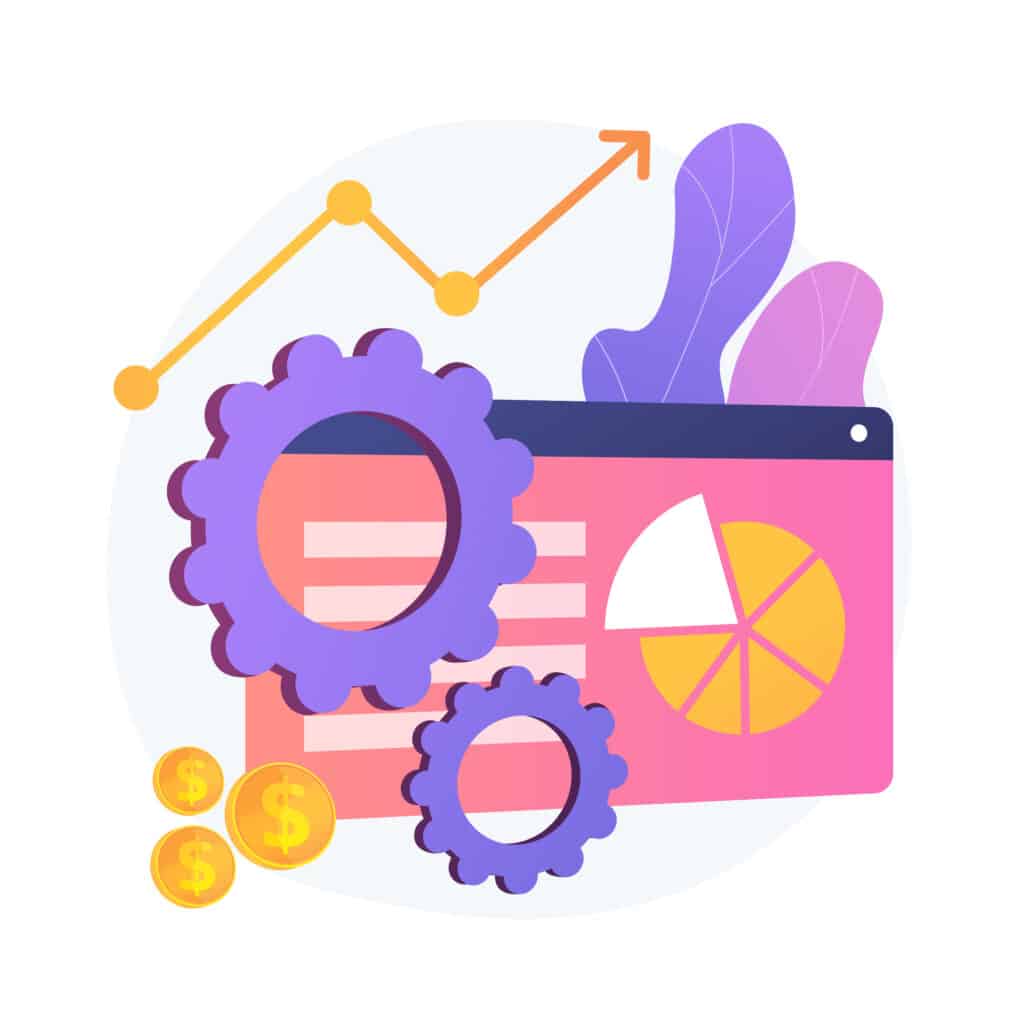
What Is Agency Utilization Rate?
Agency utilization rate refers to the percentage of time your team spends on client-facing projects compared to their total contracted working hours. It’s an indicator of how efficiently your team is using their time to generate revenue.
For example, if an SEO specialist spends 36 hours out of a 40-hour work week on client projects, their utilization rate is 90% (36/40 x 100). This metric provides insights into how much of their time is directed toward tasks that contribute directly to your agency’s bottom line.
The Utilization Rate Dilemma
While a high utilization rate suggests maximum productivity, it can also signal overwork and potential burnout. Imagine a team member who consistently works long hours on client projects, leaving little time for training, team meetings, and self-care. Over time, this can lead to decreased job satisfaction and increased turnover.
On the other hand, a low utilization rate may mean untapped revenue potential. If team members consistently have excess capacity, it may indicate a need for more clients or an opportunity to expand services.
The goal is to strike a balance. A healthy utilization rate of 80-90% ensures your team focuses on revenue-generating tasks while leaving room for essential internal operations.
Strategies for Utilization Rate Optimization
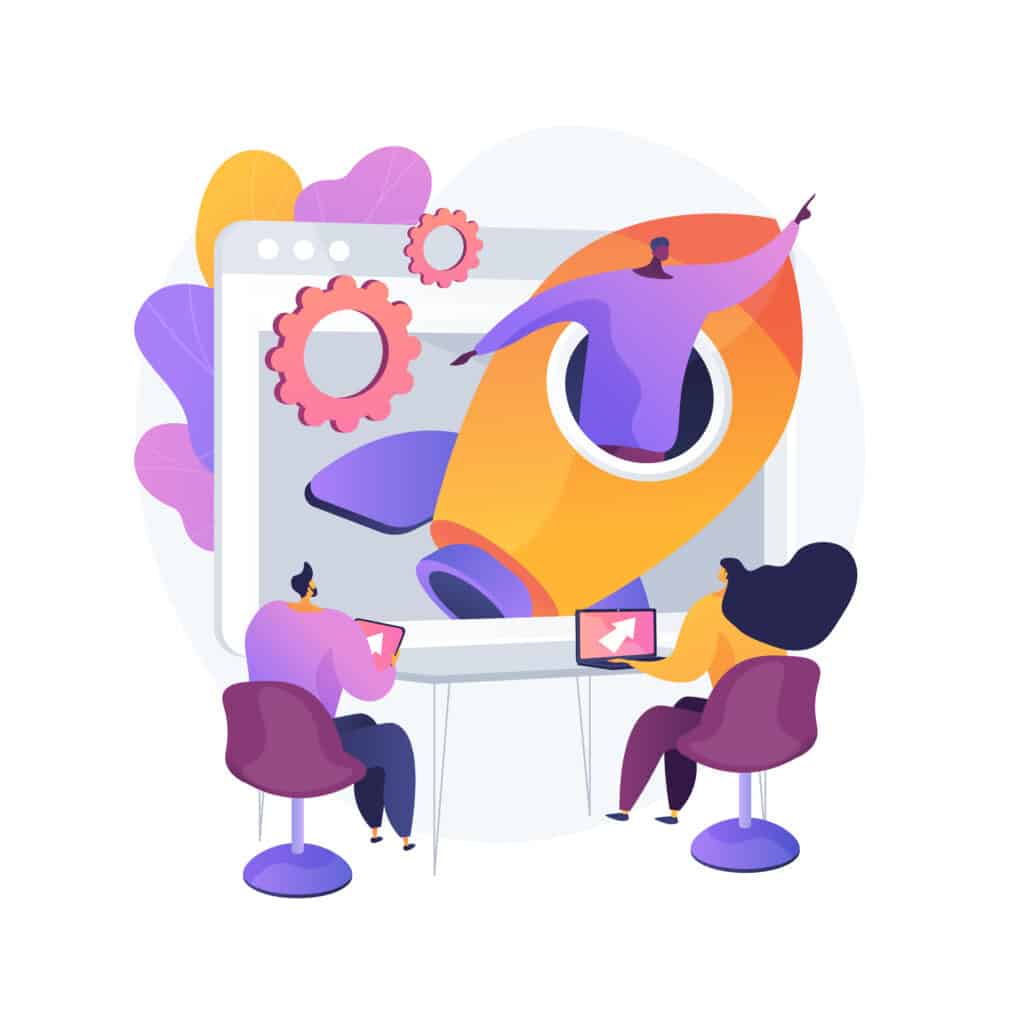
Step 1: Monitor Utilization Rates with Time-Tracking Tools
Accurate time-tracking is the cornerstone of utilization rate optimization. By monitoring the hours each team member spends on client projects versus total contracted hours, you can calculate utilization rates and make data-driven decisions.
Consider these scenarios:
- If an SEO specialist’s utilization rate is consistently above 90%, it’s time to redistribute work.
- If the utilization rate is below 80%, explore opportunities to take on more clients.
Step 2: Balance Workloads and Set Clear Expectations
Transparent communication and clear expectations are essential. Set achievable utilization rate targets and encourage open discussions about workloads.
For example, during team meetings, address questions like:
- Are there any team members feeling overwhelmed with client projects?
- Are there underutilized team members who can take on more tasks?
Step 3: Automate Routine Tasks to Increase Efficiency
Automating routine and repetitive tasks can increase operational efficiency and free up your team to focus on higher-value activities. For example, an efficient internal linking strategy is crucial for SEO success.

With tools like Linkilo, your team can immediate find issues with your clients’ site, automate internal linking tasks for your clients’ WordPress websites, saving valuable time and effort. By streamlining this process, your team can allocate more time to other high-impact SEO tasks, such as keyword research or competitor analysis.

Key Factors Influencing Utilization Rate
Optimizing utilization rate isn’t a one-size-fits-all approach. Several factors can impact utilization rate, and it’s important to take them into account when managing your team’s workload:
- Seasonality in Client Demand: SEO agencies may experience fluctuations in client demand based on industry trends or seasonal events. Be prepared to adjust workloads to accommodate periods of increased or decreased demand.
- Project Complexity: Different client projects may require varying levels of effort and expertise. Consider the complexity of each project when assigning tasks and measuring utilization rate.
- Team Member Availability: Team members may have different work schedules, availability, and skillsets. Account for these factors to ensure fair and balanced work distribution.
Understanding these factors can help agencies proactively manage utilization rates and maintain optimal performance.
Setting Utilization Rate Goals for Different Roles
Optimal utilization rates may vary for different roles within your agency:
- Account Managers: As the main points of contact for clients, account managers may have a lower utilization rate for client-facing projects, as they also handle communication and relationship-building.
- SEO Specialists: SEO specialists, who execute core SEO strategies, are likely to have higher utilization rates focused on client projects.
- Content Creators: Content creators may have fluctuating utilization rates depending on content production schedules and client needs.
Set role-specific utilization rate goals that align with job responsibilities, and ensure your team understands how their role contributes to the agency’s success.
Linking Utilization Rate to Agency KPIs

Utilization rate is connected to key performance indicators (KPIs) that reflect your agency’s overall health:
- Revenue: Higher utilization rates on billable projects can contribute to increased revenue.
- Profitability: Optimizing utilization rates can help improve profitability by ensuring efficient use of resources.
- Client Retention: Efficiently managing workloads can lead to timely project delivery, higher client satisfaction, and increased retention.
- Employee Satisfaction: A balanced utilization rate can boost employee satisfaction by preventing burnout and promoting work-life balance.
Leveraging Technology to Enhance Productivity
Beyond automating internal linking tasks with tools like linkilo, your agency can leverage technology to enhance productivity:
- Project Management Tools: Streamline project planning, task assignments, and progress tracking.
- Collaboration Platforms: Foster effective communication and collaboration among remote or distributed teams.
- Analytics Tools: Analyze website data and SEO performance metrics to make data-driven decisions.
- Keyword Research Tools: Optimize keyword strategies to drive organic traffic and improve search rankings.
When Utilization Rate Optimization Works (and When It Doesn’t)
Utilization rate optimization works best when:
- Diverse Client Portfolio: Your agency has a diverse set of clients and projects, allowing for a balanced distribution of tasks and the flexibility to adjust workloads as needed.
- Team Skillsets: You have a mix of team members with different skillsets who can collaborate effectively and contribute to a wide range of client projects.
- Automation: You use tools like linkilo to automate routine tasks, increasing operational efficiency and freeing up your team to focus on higher-value activities.
However, utilization rate optimization may be challenging when:
- Niche Specialization: Your agency specializes in a narrow niche with limited projects. In such cases, fluctuations in client demand could lead to inconsistent utilization rates.
- Lack of Diverse Skillsets: Your team lacks diverse skillsets to handle different tasks. This could lead to certain team members being overworked while others remain underutilized.
In scenarios where utilization rate optimization is challenging, it’s important to explore new service offerings, cross-train team members, and prioritize team development.
Adapting to Changes and Growth
As your agency grows and evolves, so will your approach to utilization rate optimization:
- New Hires: Onboard and integrate new team members into your utilization rate management process.
- Expanding Services: Adjust utilization rate goals as you introduce new services or expand into new markets.
- More Clients: Reevaluate workloads and resource allocation as you take on more clients.
Conclusion: Unlock Your SEO Agency’s Full Potential
In the competitive world of SEO, efficiency is key. By optimizing your agency’s utilization rate, balancing workloads, setting clear expectations, and embracing automation, you’ll drive efficiency, enhance client satisfaction, and unlock your agency’s full potential.
Ready to optimize your SEO agency’s utilization rate? Take the first step today! Explore new opportunities, empower your team, and elevate your agency to new heights. By staying agile, adapting to changes, and leveraging data-driven insights, your agency will thrive in the ever-evolving world of SEO. Unlock your agency’s full potential and experience the difference that smart utilization rate optimization can make!

